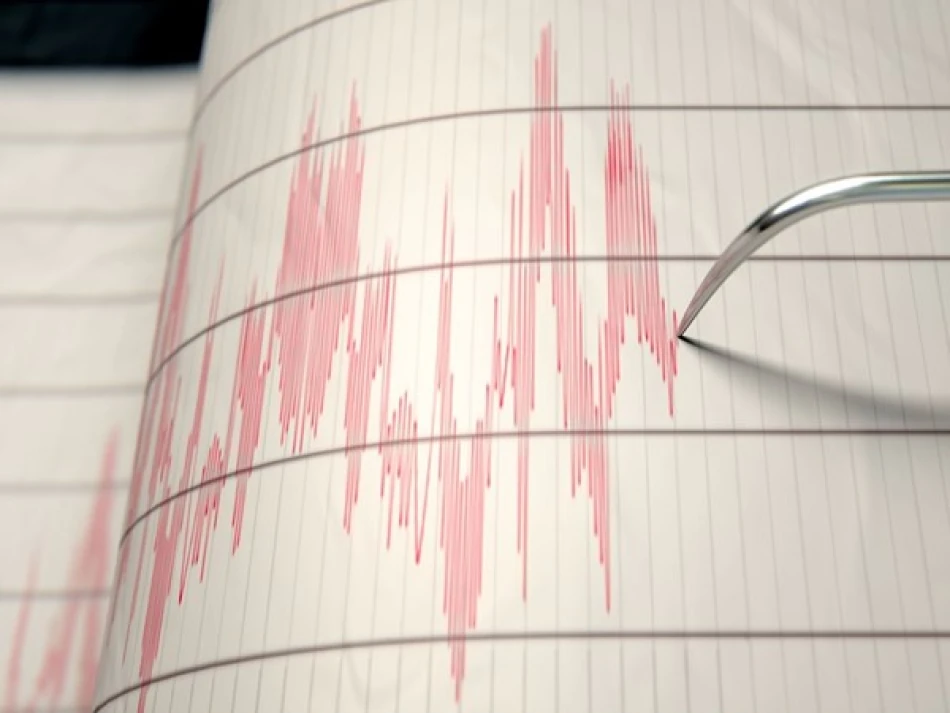
Powerful 6.0 Earthquake Shakes Alaska Peninsula, Prompting Tsunami Warnings
Alaska Peninsula Hit by 6.0 Magnitude Earthquake at Shallow Depth
A significant 6.0 magnitude earthquake struck Alaska's peninsula region yesterday at a relatively shallow depth of 10 kilometers, according to the German Research Centre for Geosciences. The tremor adds to Alaska's position as one of the world's most seismically active regions, where such events regularly test infrastructure resilience and emergency preparedness systems.
Shallow Depth Amplifies Seismic Impact
The earthquake's shallow depth of 10 kilometers is particularly noteworthy, as tremors occurring closer to the Earth's surface typically produce more intense ground shaking than deeper events of similar magnitude. This characteristic makes shallow earthquakes potentially more damaging to structures and more noticeable to residents, even when the overall magnitude remains moderate.
Alaska's Seismic Reality
The Alaska Peninsula sits along the highly active Pacific Ring of Fire, where the Pacific Plate subducts beneath the North American Plate. This geological setting makes the region one of the most earthquake-prone areas globally, experiencing thousands of tremors annually. The area regularly records earthquakes ranging from minor tremors to major events exceeding magnitude 7.0.
Infrastructure and Preparedness Considerations
Alaska's building codes and emergency response systems have evolved significantly since the devastating 1964 Great Alaska Earthquake, which registered 9.2 magnitude and remains the second-largest earthquake ever recorded. Modern construction standards in the state specifically account for seismic activity, though remote areas of the peninsula often have limited infrastructure that could be vulnerable to damage.
Monitoring and Early Warning Systems
The detection and rapid reporting of this earthquake by international monitoring stations like the German Research Centre for Geosciences demonstrates the global network of seismic surveillance that helps scientists track tectonic activity. These systems provide crucial data for understanding regional earthquake patterns and improving tsunami warning capabilities for Pacific coastal communities.
While yesterday's 6.0 magnitude event represents a moderate earthquake by Alaska standards, it serves as a reminder of the ongoing geological forces shaping the region and the importance of maintaining robust monitoring and preparedness systems in seismically active zones.
Most Viewed News

 Layla Al Mansoori
Layla Al Mansoori






